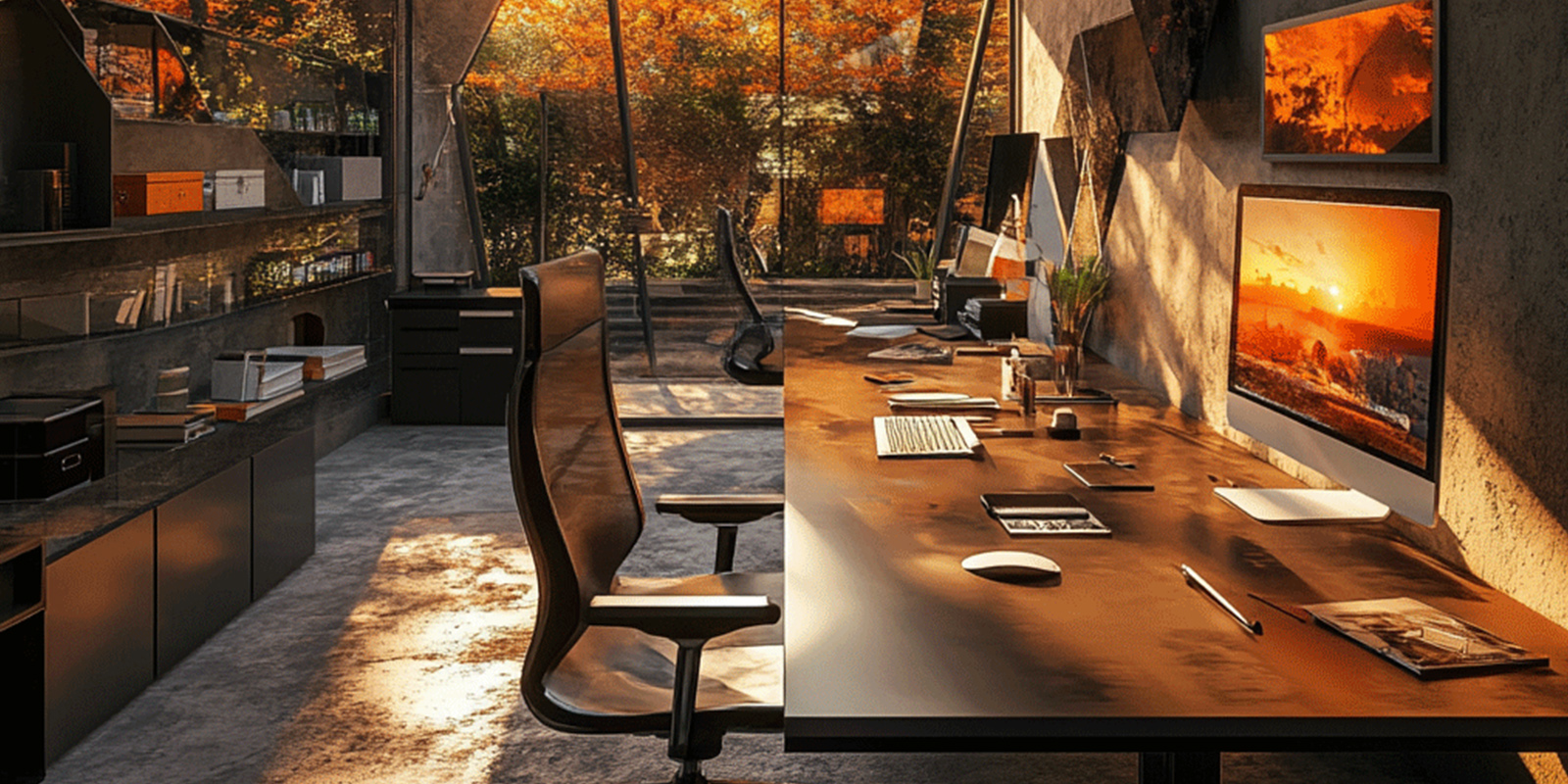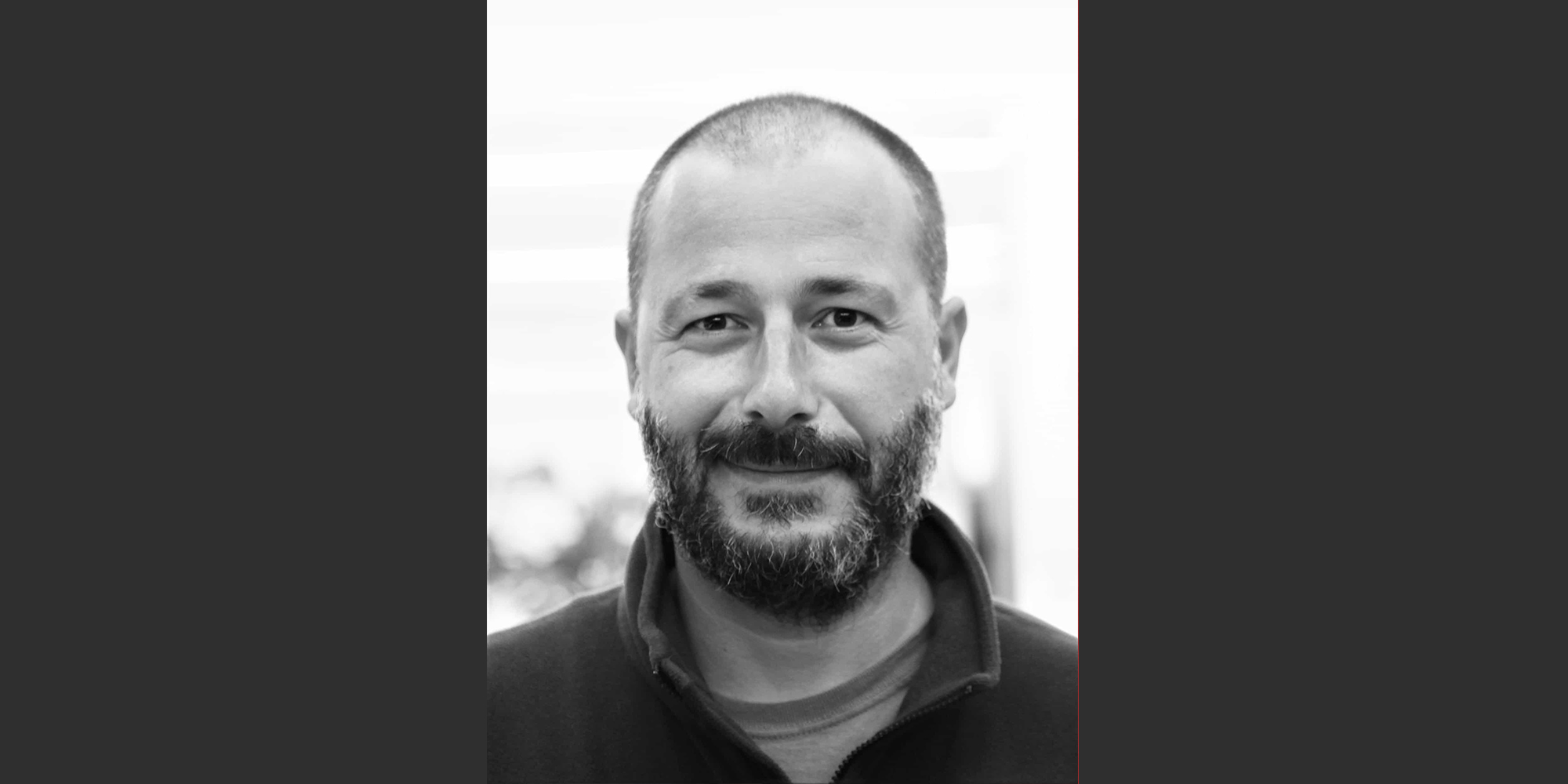Interviewing architects is an intricate process that requires a deep understanding of the profession, careful preparation, and the ability to ask the right questions to elicit insightful responses. Whether you’re a journalist, a content creator, or someone looking to understand the world of architecture, conducting effective interviews can provide valuable insights into the minds of those who shape our built environment. This article serves as an authoritative guide on how to conduct effective interviews with architects, offering detailed, step-by-step advice to ensure your interviews are informative, engaging, and productive.
Understanding the Architect’s Perspective
The Architect’s Role and Vision
Architects are not just designers; they are visionaries who shape the spaces where we live, work, and play. Understanding their role requires recognizing that architects balance creativity with functionality, sustainability, and social responsibility. Before diving into an interview, it’s crucial to appreciate the architect’s perspective on their work. This understanding forms the foundation for a meaningful conversation.
Architects often view their work as a form of storytelling, where each building or structure narrates a unique story influenced by the site, client, and broader cultural context. When preparing for an interview, it’s essential to consider the broader narrative that the architect may be trying to convey through their work. Understanding this narrative can guide the direction of your questions, allowing you to explore the deeper meanings behind their designs.
Common Themes in Architectural Interviews
In interviewing architects, certain themes commonly arise. These include their design philosophy, approach to sustainability, challenges faced during projects, and their views on current architectural trends. Understanding these themes can help you craft questions that lead to a more insightful discussion.
For instance, an architect’s design philosophy often reflects their broader worldview. Some may prioritize sustainability, while others might focus on creating spaces that foster community. By understanding these themes, you can ask questions that encourage architects to delve deeper into their thought processes and the principles guiding their work.
Sustainability is another recurring theme in architectural interviews. With the growing emphasis on environmentally responsible design, many architects are exploring innovative ways to minimize the environmental impact of their projects. Asking about sustainability can lead to discussions about the materials they choose, the technologies they implement, and the challenges they face in balancing aesthetics with environmental considerations.
Finally, discussing challenges can provide valuable insights into an architect’s problem-solving abilities. Whether it’s navigating regulatory hurdles, managing client expectations, or overcoming site-specific constraints, understanding the challenges architects face can offer a more rounded view of their work.
Preparing for the Interview
Research the Architect’s Work
Preparation is key to any successful interview, and this is particularly true when interviewing architects. Before the interview, invest time in researching the architect’s work. Familiarize yourself with their most notable projects, design style, and any awards or recognition they’ve received. This research not only helps you ask more informed questions but also shows the architect that you respect their work, which can foster a more open and engaging conversation.
Start by exploring the architect’s portfolio, which is often available on their website or through online platforms like Architizer. Pay attention to recurring themes in their work, such as the use of specific materials, particular architectural styles, or a focus on certain types of projects (e.g., residential, commercial, public spaces). Understanding these themes can help you tailor your questions to explore the architect’s creative process in greater detail.
In addition to the architect’s portfolio, look for interviews, articles, or books they may have contributed to. This can provide further insights into their design philosophy and professional journey. For instance, if an architect has been involved in a high-profile project that has been widely covered in the media, reading those articles can help you understand the context and challenges of that project, enabling you to ask more specific and insightful questions.
Formulating Questions
Once you have a solid understanding of the architect’s work, the next step is to formulate your questions. The key to a successful interview is asking open-ended questions that encourage the architect to share their thoughts, experiences, and insights. Avoid questions that can be answered with a simple yes or no; instead, focus on questions that prompt the architect to explain their thinking and provide examples.
For example, instead of asking, “Do you prioritize sustainability in your designs?” you might ask, “Can you walk me through your approach to sustainability in your recent projects? How do you balance environmental considerations with other design priorities?” This type of question not only encourages a more detailed response but also allows the architect to share specific examples that illustrate their approach.
In addition to open-ended questions, consider asking follow-up questions that delve deeper into the architect’s responses. For instance, if an architect mentions a particular challenge they faced on a project, you might ask, “How did you overcome that challenge? What lessons did you learn that you’ve applied to other projects?” These follow-up questions can lead to a richer, more nuanced conversation.
Setting the Tone
The tone of the interview is just as important as the questions you ask. Architects are often passionate about their work, and creating a comfortable, open environment can encourage them to share their insights more freely. Start the interview with a brief introduction, expressing your interest in their work and the topics you’d like to discuss. This sets a positive tone and shows the architect that you’re genuinely interested in their perspective.
It’s also important to respect the architect’s time and expertise. Begin by asking if there are any topics they’d particularly like to discuss or any time constraints you should be aware of. This not only shows respect for their time but also allows you to prioritize the most important questions.
During the interview, be mindful of your body language and tone of voice. Nod in agreement, make eye contact, and offer verbal affirmations to show that you’re engaged in the conversation. This helps build rapport and encourages the architect to open up more freely.
Conducting the Interview
Building Rapport
Building rapport with the architect is crucial for a successful interview. A strong rapport encourages open communication and makes the interviewee feel more comfortable sharing their thoughts and experiences. Start by asking about their background, such as how they became interested in architecture or the early influences that shaped their career. This not only helps break the ice but also provides valuable context for the rest of the interview.
Personal questions, when asked respectfully, can also help build rapport. For instance, asking about the architect’s inspirations, mentors, or favorite projects can lead to a more personal and engaging conversation. These questions show that you’re interested in the person behind the work, not just the work itself.
Throughout the interview, maintain a conversational tone rather than a strict Q&A format. This allows the conversation to flow more naturally and gives the architect the freedom to explore topics they’re passionate about. Remember, the goal is to have a meaningful dialogue, not just to extract information.
Active Listening and Follow-Up Questions
Active listening is one of the most important skills for conducting a successful interview. It involves not just hearing what the architect is saying but fully engaging with their responses and using that information to guide the conversation. Active listening shows the architect that you value their insights and are genuinely interested in what they have to say.
To practice active listening, focus on the architect’s words, tone, and body language. Avoid interrupting, and instead, give them the space to fully express their thoughts. When they finish speaking, take a moment to process their response before moving on to the next question. This pause not only gives you time to consider follow-up questions but also shows the architect that you’re thoughtfully considering their words.
Follow-up questions are a natural extension of active listening. They allow you to delve deeper into the architect’s responses, uncovering additional insights and perspectives. For example, if an architect discusses a particular design challenge, you might ask, “Can you tell me more about how you navigated that challenge? What strategies did you use to find a solution?” These questions encourage the architect to elaborate on their experiences, leading to a more in-depth conversation.
Navigating Sensitive Topics
Architectural projects often involve challenges, setbacks, and even failures. While these topics can be sensitive, they also offer valuable insights into the architect’s problem-solving abilities and professional growth. When discussing sensitive topics, it’s important to approach them with empathy and respect.
Begin by acknowledging the sensitivity of the topic. For instance, if you’re asking about a project that faced significant challenges, you might start with, “I understand this project had its share of difficulties. Can you share how you approached those challenges and what you learned from the experience?” This framing shows that you’re aware of the difficulties involved and are interested in the architect’s perspective, not just the outcome.
It’s also important to give the architect space to respond. If they seem uncomfortable or hesitant, be prepared to pivot to another topic. Respect their boundaries, and avoid pressing for details if they’re not willing to share. Remember, the goal is to foster a respectful and productive conversation, not to create discomfort.
Post-Interview Best Practices
Reviewing and Organizing Notes
After the interview, it’s essential to review and organize your notes while the conversation is still fresh in your mind. This ensures that you capture key insights and quotes accurately, which will be crucial when writing your article or report.
Start by reviewing your notes for key themes and insights that emerged during the interview. Look for patterns in the architect’s responses, such as recurring themes or specific phrases they used. These patterns can help you identify the most important points to highlight in your final piece.
Organize your notes by grouping related topics together. For example, if the architect discussed sustainability in several different contexts, group those responses together to create a cohesive narrative. This organization will make it easier to structure your article or report later on.
Following Up with the Architect
Following up after the interview is not only courteous but also provides an opportunity to clarify any points or gather additional information. Within a day or two of the interview, send a thank-you note to the architect, expressing your appreciation for their time and insights. This simple gesture can help build a positive relationship and may lead to future collaboration opportunities.
If there were any points during the interview that you didn’t fully explore or if new questions arise during the writing process, don’t hesitate to reach out to the architect for clarification. Most professionals appreciate the opportunity to ensure their thoughts are accurately represented.
When following up, be specific about what you’re asking. For instance, if you need more information about a particular project, mention the project by name and describe what additional details you’re seeking. This clarity helps the architect provide the information you need without unnecessary back-and-forth.
Common Pitfalls to Avoid
Lack of Preparation
One of the most common pitfalls in interviewing architects is a lack of preparation. Going into an interview without thoroughly researching the architect’s work can lead to generic questions that fail to engage the interviewee. This not only results in a less insightful interview but also reflects poorly on you as the interviewer.
To avoid this pitfall, spend ample time researching the architect’s portfolio, recent projects, and any interviews or articles they’ve been involved in. The more familiar you are with their work, the better equipped you’ll be to ask thoughtful, specific questions that lead to a meaningful conversation.
Another aspect of preparation is understanding the context of the architect’s work. This might involve researching the cultural, environmental, or regulatory factors that influence their designs. For example, if you’re interviewing an architect known for their work in sustainable design, familiarize yourself with the latest trends and challenges in sustainability. This knowledge will allow you to ask informed questions and engage in a deeper discussion.
Overly Rigid Questioning
While it’s important to prepare a list of questions before the interview, it’s equally important to remain flexible during the conversation. Overly rigid questioning can stifle the natural flow of the interview and prevent the architect from sharing insights that don’t fit neatly into your predetermined topics.
To avoid this pitfall, view your list of questions as a guide rather than a script. Be prepared to deviate from your planned questions if the conversation takes an interesting turn. For example, if the architect mentions an unexpected challenge they faced on a project, follow that thread rather than sticking strictly to your original questions.
Flexibility also means being open to exploring new topics that arise during the interview. If the architect shares a particularly interesting insight, don’t be afraid to dive deeper into that topic, even if it wasn’t on your original list of questions. This adaptability can lead to a more dynamic and engaging conversation.
Conclusion
Conducting effective interviews with architects requires a combination of thorough preparation, active listening, and the ability to ask insightful questions. By understanding the architect’s perspective, researching their work, and creating a comfortable interview environment, you can foster a meaningful dialogue that uncovers valuable insights into their creative process and professional journey.
Remember to follow up after the interview, review and organize your notes, and avoid common pitfalls such as lack of preparation and overly rigid questioning. With these tips in mind, you’ll be well-equipped to conduct interviews that not only provide valuable content for your blog but also contribute to the broader conversation about architecture and design.
Additional Resources
For those looking to dive deeper into the art of interviewing architects, here are some high-authority resources that provide further insights and guidance:
- Rethinking The Future – A comprehensive platform offering articles, interviews, and resources on architecture and design trends.
- The Architect’s Journal – A leading publication that covers the latest news, projects, and interviews in the world of architecture.
- Dezeen – An influential design website that features interviews with architects, designers, and industry leaders, offering a wealth of knowledge and inspiration.




